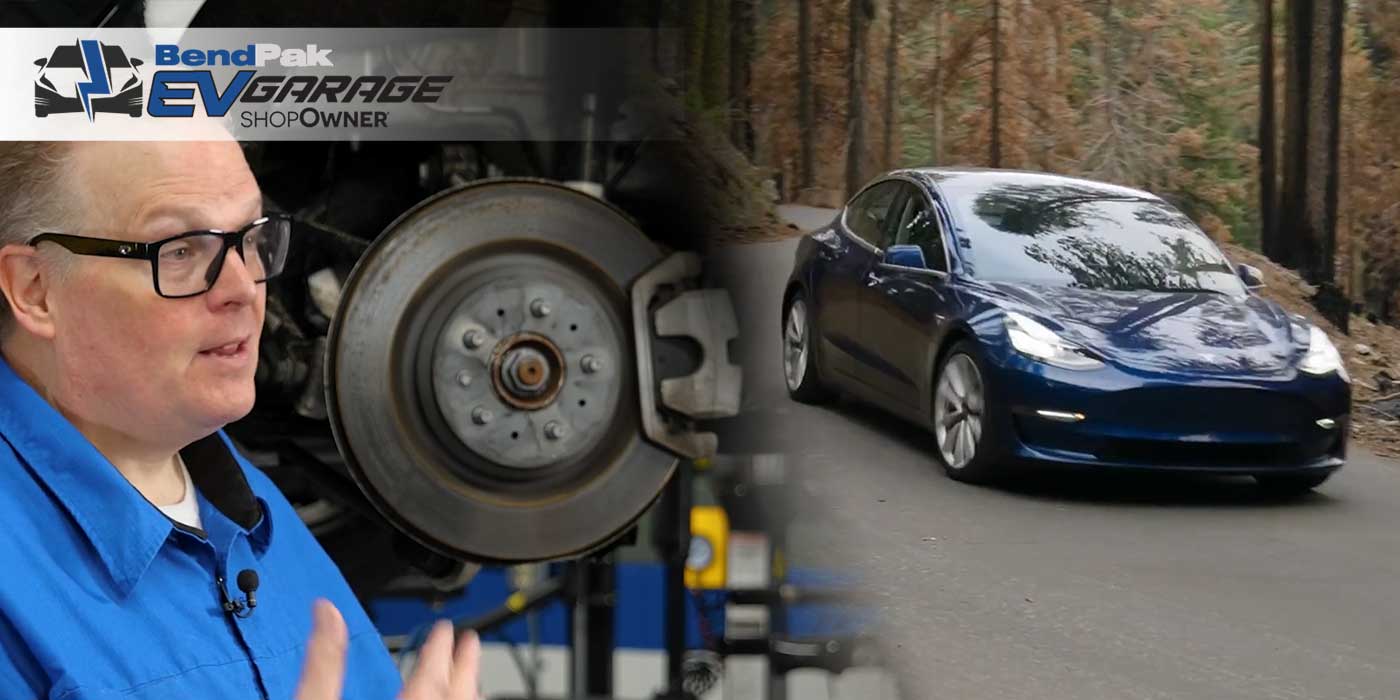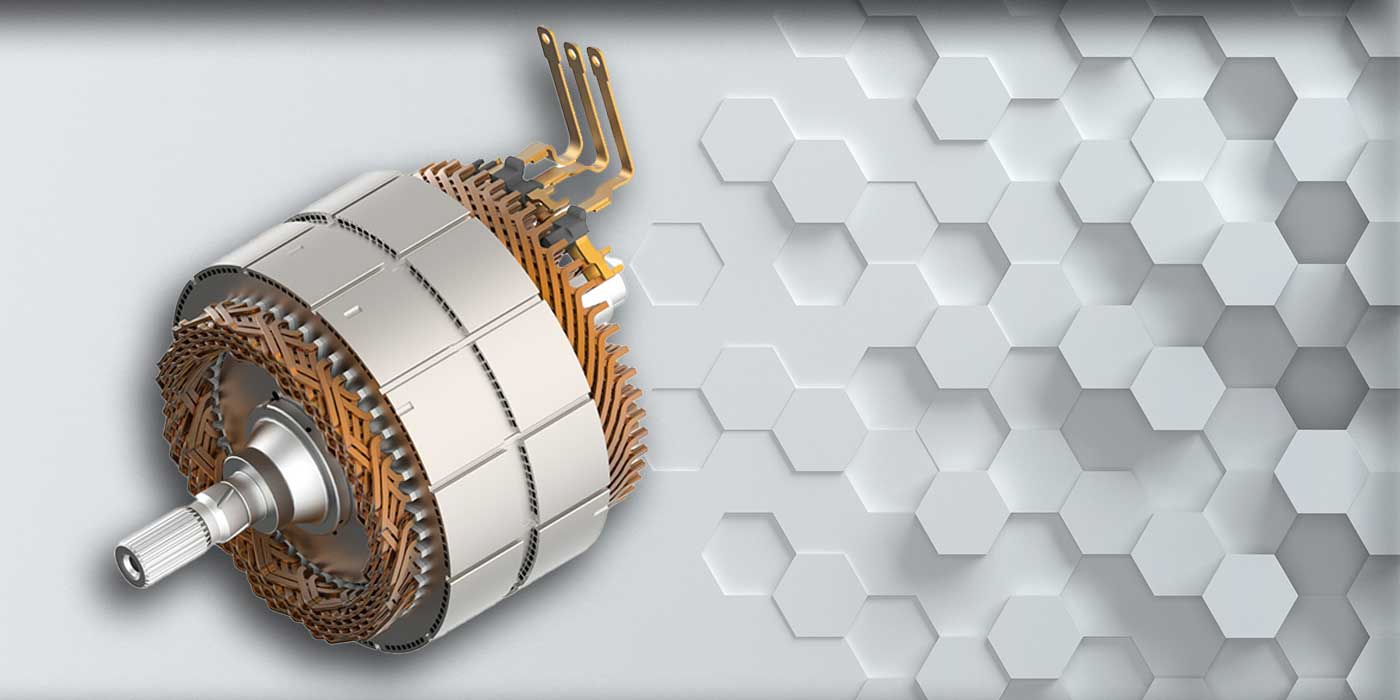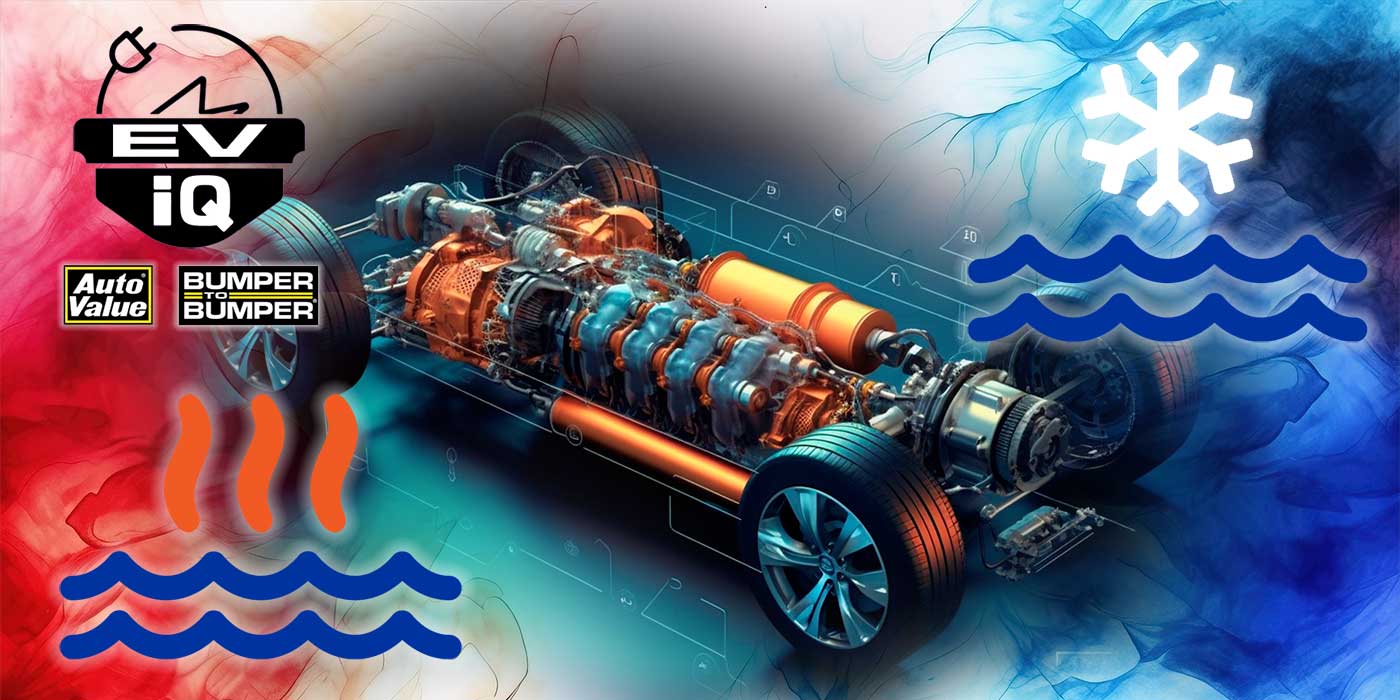There are plenty of differences in the world of EVs that are easy to forget, ignore or just plain be unaware of. It’s fair to say that lubricants fall into this category. But it’s important to recognize that, in many cases, electric vehicles are using a whole different set of lubes than those automotive running on internal combustion engines.
Obviously, EVs are chock full of high-voltage components, and the greases chosen to lubricate these components must be of a particular variety: Dielectric greases.
Believe it or not, you could find up to 100 electrical motors on EVs. Motors need to be lubed up, and with that many electrical motors, the importance of using the right greases for these components is more crucial than ever.
Dielectric greases are used in high-voltage situations to insulate electrical connections, and to help seal out moisture and other contaminants that may cause deterioration to connections. They can also act as a barrier to prevent arcing between conductive surfaces. They do this so well because dielectric greases are made with silicone, an excellent electrical insulator with a relatively high thermal stability. In fact, they are primarily known for their insulative rather than anti-frictional properties.
In an EV, all greases contribute to energy consumption and range reduction – and keep in mind what we said about all those electrical motors earlier. This is why it’s essential for OEMs to decide what the optimal lubrication zone is for a particular EV. These lubricants must be thin enough to prevent churning losses, but not so thin that they reduce component durability.
The newest dielectric grease formulations must have long life, low noise, be conductive and insulating as well as energy-efficient, but, at the end of the day, conductivity is probably the most important element. That doesn’t mean lubricant manufacturers can just go crazy with the conductivity, though.
If a grease is too conductive, it could cause current leakage and short circuits. On the flip side, if conductivity is too low, it could cause a net charge buildup and result in electrically induced bearing damage. Optimization of the grease used in rolling element bearings can reduce energy losses, which will extend the range of the EV. Greases are also used for the fluid pump bearings that control the temperature of the batteries.
To be more energy-efficient, the base oil viscosity needs to be optimized. Greases must produce sufficiently thick films to fully separate the mating surfaces, but not so thick that at higher speeds energy is lost churning through the grease. Greases having synthetic base fluids are better than mineral oil, and greases with soft structures are more energy-efficient as well.













